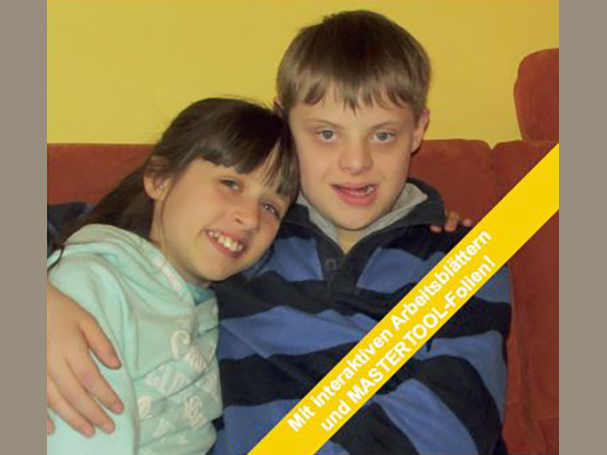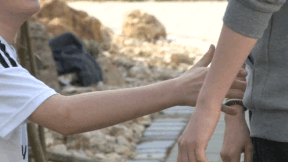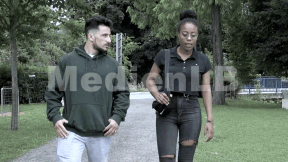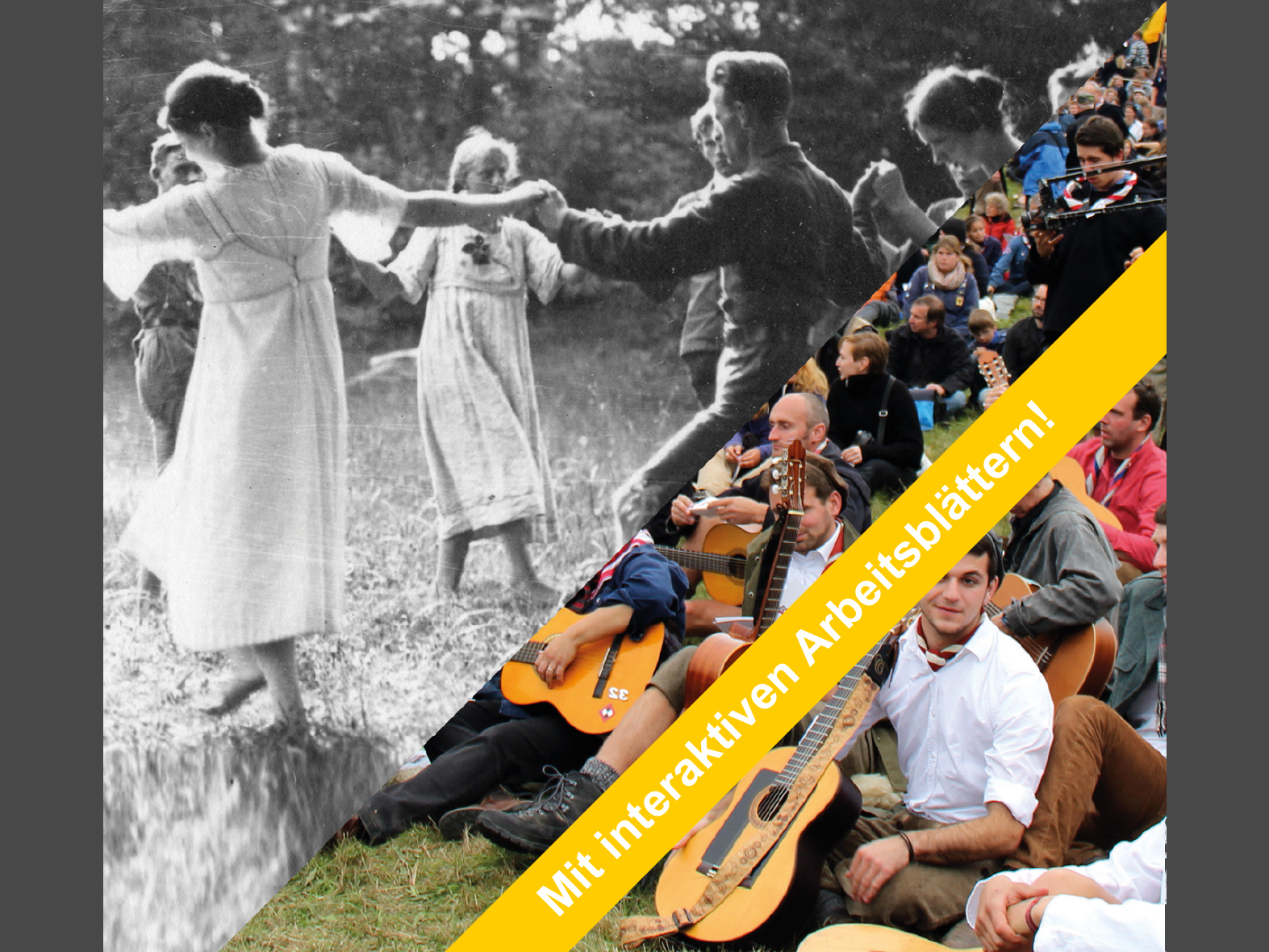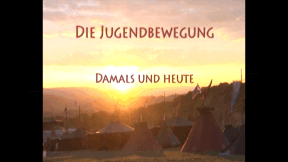 History, Latin
History, Latin
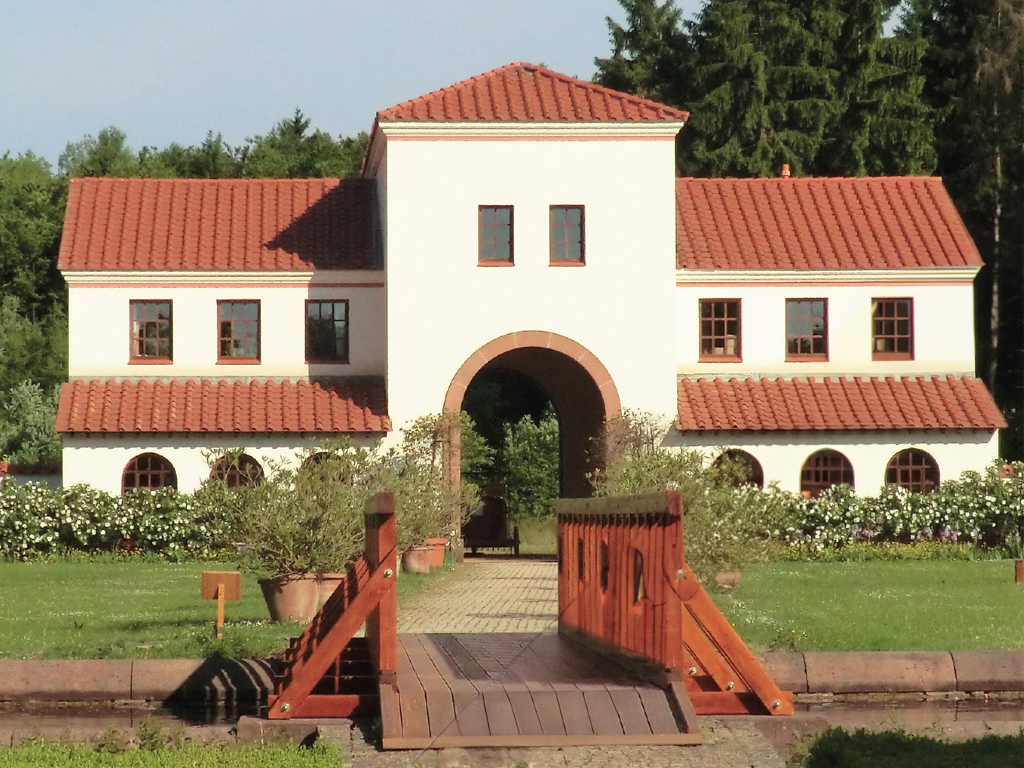

4669661 / 5560331
Villa Rustica
Life in Former Times
A Roman villa is fundamentally different from what we would regard as a villa in the modern sense. A Villa Rustica was a country estate with a mansion, large gardens and agricultural land. In addition to cultivating the fields, people also bred animals. This work was done by farm labourers and slaves, who mostly lived in outbuildings outside the mansion area. Thus a Roman villa was far more than just a building, it was almost a small village. Over centuries a network of Roman country estates had marked the culture of the empire north of the Alps. With the cultivation of the soil, the trade and exchange of goods, the Villa Rustica was a pillar of the Roman Empire.
Play trailer

Curriculum-centred and oriented towards educational standards
Matching
Youth Movement
Dancing until your feet hurt: Here, at the meeting on the Hoher Meissner near Kassel, 3,500 participants from Boy Scout associations, youth and Wandervogel groups from all over the German-speaking region have gathered. They want to celebrate, simply get to know each other and commemorate a historic anniversary.




